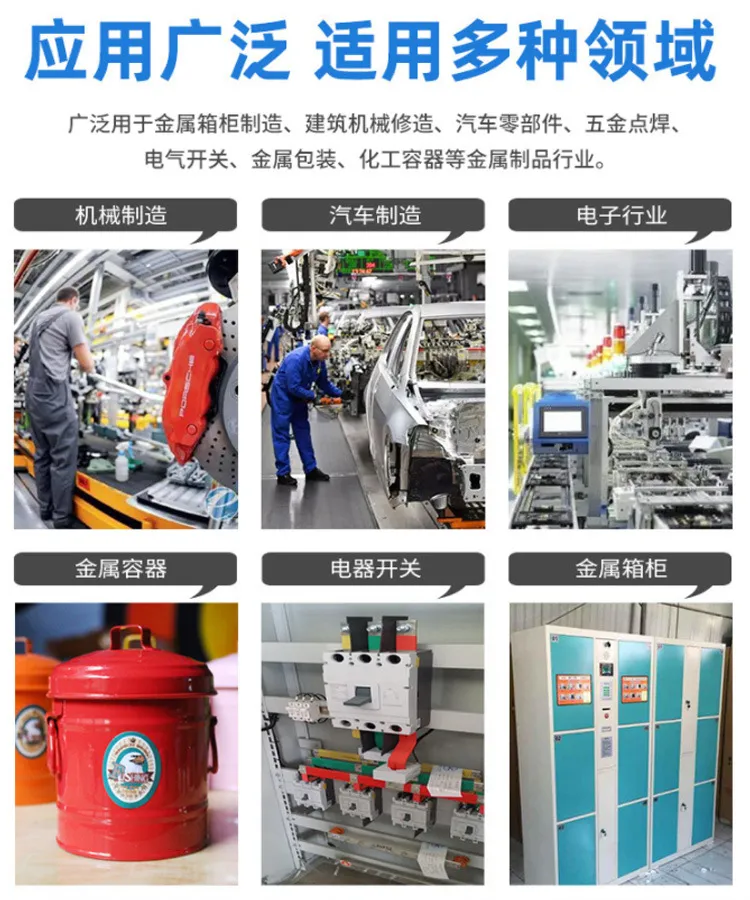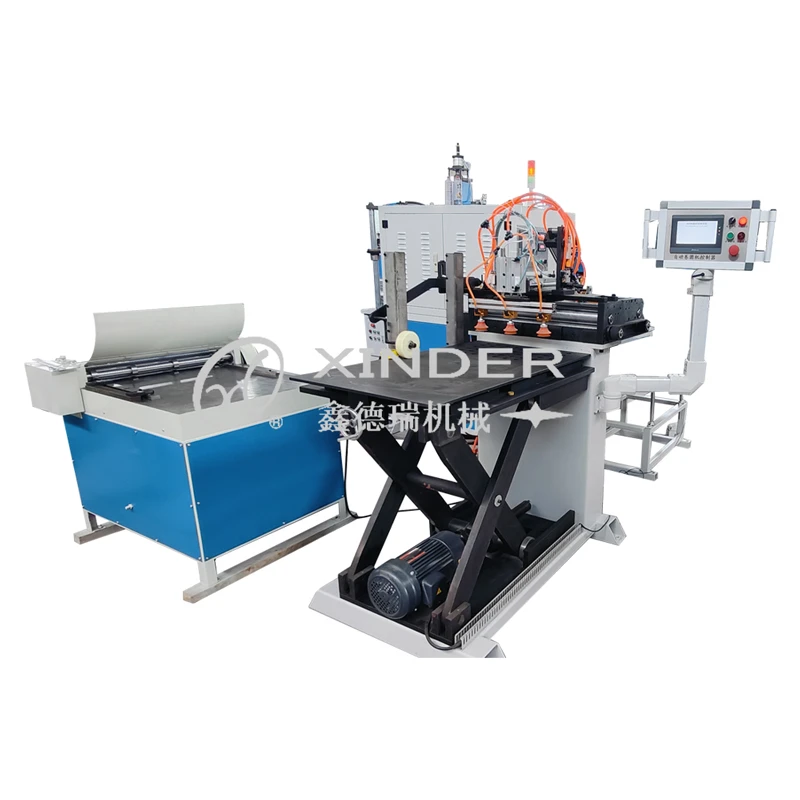-
 8613931787312
8613931787312 -
 Botou Industrial Zone on the east side of National Highway 104, Botou City, Hebei Province
Botou Industrial Zone on the east side of National Highway 104, Botou City, Hebei Province
- Afrikaans
- Albanian
- Amharic
- Arabic
- Armenian
- Azerbaijani
- Basque
- Belarusian
- Bengali
- Bosnian
- Bulgarian
- Catalan
- Cebuano
- Corsican
- Croatian
- Czech
- Danish
- Dutch
- English
- Esperanto
- Estonian
- Finnish
- French
- Frisian
- Galician
- Georgian
- German
- Greek
- Gujarati
- haitian_creole
- hausa
- hawaiian
- Hebrew
- Hindi
- Miao
- Hungarian
- Icelandic
- igbo
- Indonesian
- irish
- Italian
- Japanese
- Javanese
- Kannada
- kazakh
- Khmer
- Rwandese
- Korean
- Kurdish
- Kyrgyz
- Lao
- Latin
- Latvian
- Lithuanian
- Luxembourgish
- Macedonian
- Malgashi
- Malay
- Malayalam
- Maltese
- Maori
- Marathi
- Mongolian
- Myanmar
- Nepali
- Norwegian
- Norwegian
- Occitan
- Pashto
- Persian
- Polish
- Portuguese
- Punjabi
- Romanian
- Russian
- Samoan
- scottish-gaelic
- Serbian
- Sesotho
- Shona
- Sindhi
- Sinhala
- Slovak
- Slovenian
- Somali
- Spanish
- Sundanese
- Swahili
- Swedish
- Tagalog
- Tajik
- Tamil
- Tatar
- Telugu
- Thai
- Turkish
- Turkmen
- Ukrainian
- Urdu
- Uighur
- Uzbek
- Vietnamese
- Welsh
- Bantu
- Yiddish
- Yoruba
- Zulu
Innovative Equipment for Efficient Bucket Production and Customization Solutions
The Evolution and Importance of Bucket-Making Equipment
In today's fast-paced industrial landscape, the demand for efficient and high-quality production equipment has never been more critical. One of the often-overlooked yet essential segments of manufacturing is the production of buckets. Bucket-making equipment plays a pivotal role in various industries, from construction to food service, and understanding its evolution and importance can provide valuable insights into both manufacturing and consumer needs.
Historical Overview
The concept of buckets dates back thousands of years, serving as a fundamental tool for carrying liquids. Traditionally, buckets were made from wood, leather, and metal. However, as industrialization took hold in the 19th century, the techniques and materials used in bucket production began to evolve. The introduction of plastic in the mid-20th century revolutionized the bucket-making process, enabling manufacturers to create lighter, more durable, and cost-effective products.
With this shift came the development of specialized bucket-making equipment. Early machinery was labor-intensive and required a significant amount of manual labor. Over time, advancements in technology have led to automated systems, which not only speed up production but also enhance precision and reduce the margin of error. This technological evolution has fundamentally altered how buckets are made, with today's equipment capable of producing thousands of units per hour.
Modern Bucket-Making Equipment
Today, bucket-making equipment encompasses a range of machinery designed for various production stages. The process typically begins with the molding phase, which can involve techniques such as injection molding or blow molding. Injection molding machines heat and inject molten plastic into a mold, allowing for the creation of complex designs and specifications.
bucket making equipment

Blow molding, on the other hand, is particularly popular for making hollow buckets. In this process, plastic is melted and formed into a parison, which is then inflated within a mold to take on the desired bucket shape. Both injection and blow molding have made it possible to produce buckets that are not only sturdy but also lightweight and resistant to wear.
Moreover, auxiliary equipment such as robotics and conveyor systems play an essential role in modern bucket manufacturing. Robots can assist in tasks such as assembly, packing, and quality control, thereby increasing the efficiency of production lines. Meanwhile, conveyor systems help streamline the workflow, ensuring that buckets move seamlessly from one stage of production to the next.
Sustainability and Innovation
As environmental concerns continue to rise, the bucket-making industry has also been forced to innovate. Many manufacturers are now exploring the use of recycled materials in their bucket production. This move not only reduces waste but also resonates with consumers who are increasingly demanding eco-friendly products.
Additionally, advancements in biodegradable materials have emerged as an exciting area of research, presenting the potential for creating sustainable buckets that decompose naturally over time. The development of such materials, coupled with modern bucket-making equipment, offers a promising path forward for an industry that must balance functionality with environmental responsibility.
Conclusion
Bucket-making equipment has undergone significant transformation, reflecting broader trends in technology and consumer preferences. From its historical roots to its modern iterations, the equipment used to produce buckets showcases not only the ingenuity of human innovation but also the importance of adaptability in manufacturing. As industries continue to evolve, embracing sustainable practices and technological advancements will be essential for the future of bucket production. For businesses and consumers alike, understanding this equipment's role can lead to more informed choices and a greater appreciation for the everyday tools that make our lives easier.
-
The Rise of Laser Welding in Global Manufacturing: Spotlight on China’s Competitive EdgeNewsJun.05,2025
-
The Power of Precision: Exploring the Role of Automatic Seam Welding Machines in Modern ManufacturingNewsJun.05,2025
-
The Essential Guide to Can Welding Machines: Revolutionizing the Packaging IndustryNewsJun.05,2025
-
Resistance Welding Equipment: A Smart Investment for Industrial ManufacturingNewsJun.05,2025
-
Precision Welding for Modern Manufacturing: The Rise of Automatic Seam Welding MachinesNewsJun.05,2025
-
Laser Welding for Stainless Steel: The Precision Edge in Modern Metal FabricationNewsJun.05,2025
-
The Modern Evolution of Barrel Production: Technology, Machines, and Market PricingNewsMay.22,2025
-
 Fully Automatic Kaiping Production LineOct . 17, 2024
Fully Automatic Kaiping Production LineOct . 17, 2024 -
 Fully Automatic Metal Bucket Lifting HeadphonesSep . 14, 2024
Fully Automatic Metal Bucket Lifting HeadphonesSep . 14, 2024 -
 Automatic Rolling MachineSep . 14, 2024
Automatic Rolling MachineSep . 14, 2024

